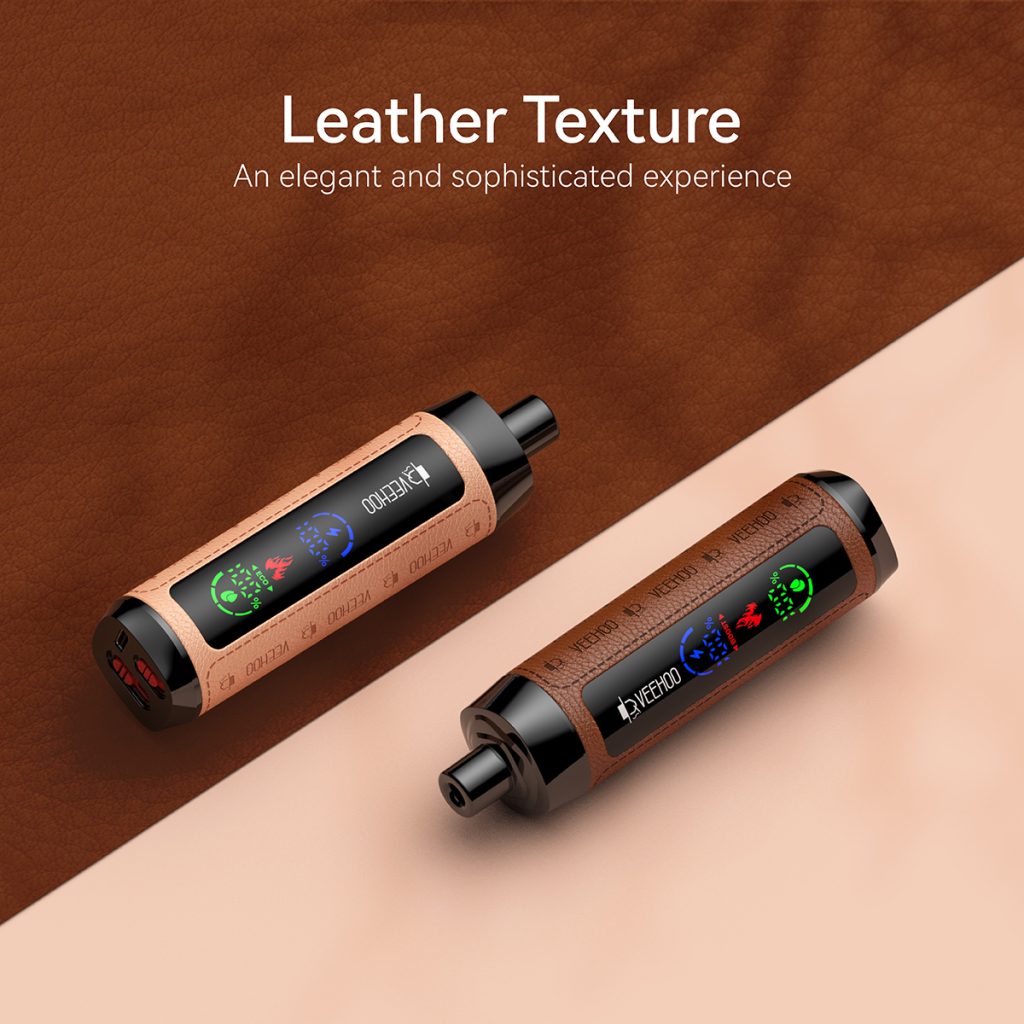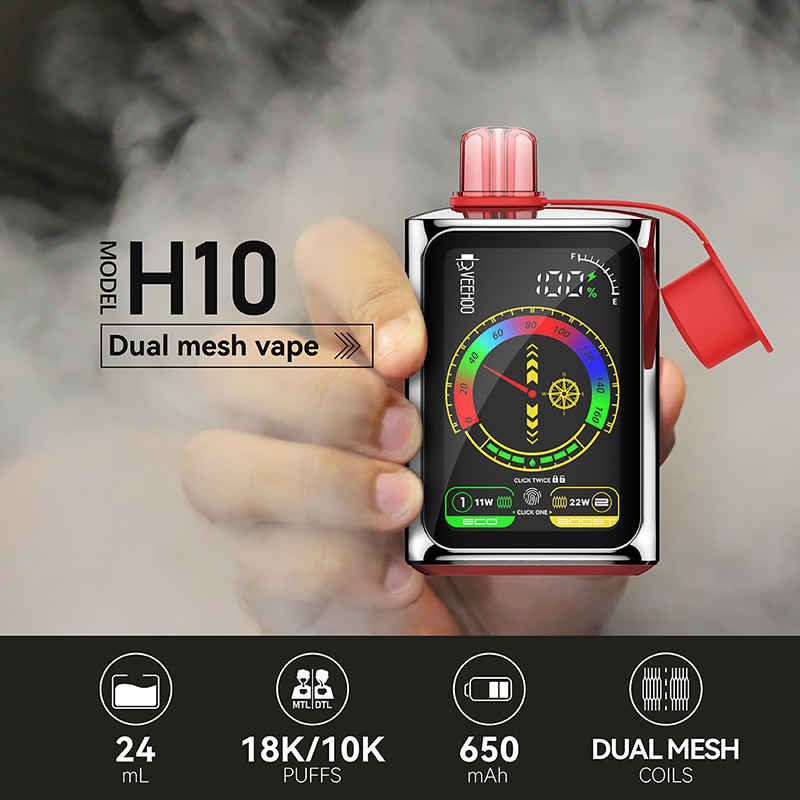The Indonesian government plans to set mandatory caps on nicotine and tar content in traditional cigarette products starting June 2026, as part of its National Medium-Term Development Plan (RPJMN 2025–2029) to reduce youth smoking rates. According to the Ministry of Coordination of Human and Cultural Affairs, through Government Regulation No. 28 of 2024 (GR 28/2024), Indonesia will restart the original tar and nicotine threshold controls from 1999 and extend similar requirements to e-cigarette products, requiring manufacturers to test and declare before putting them on the market. This policy is expected to take effect in June 2026, when all cigarette manufacturers and importers must submit test reports and strictly implement national standards in order to reduce the smoking rate of youth aged 10–21 from 12.4% in 2025 to 8.4% in 2029.
Since the 1990s, Indonesia has implemented tar and nicotine limits on cigarettes in 1999, but it was abolished in 2012. In recent years, with the number of smokers reaching about 70 million and the rate of trial among young people rising, the government has re-examined the previous regulatory gap. GR 28/2024, issued in early 2024, not only restored and updated the threshold requirements for tar and nicotine content, but also included e-cigarettes in the same regulatory framework for the first time, requiring manufacturers and importers to register with BPOM (Indonesian Food and Drug Administration) and submit content test reports to ensure product safety and consistency.

GR 28/2024 clearly stipulates that the Ministry of Coordination of Humanities and Cultural Affairs will take the lead in jointly formulating specific maximum nicotine and tar content standards with the Ministry of Health, BPOM and other departments. The regulation also stipulates that cigarette and e-cigarette products that violate the regulations and use unapproved excipients must be subject to administrative penalties or even product recalls. At the same time, the new regulations impose stricter restrictions on packaging, labeling and advertising, prohibiting misleading health claims in packaging and publicity, and requiring the labeling of production batch number, production date, producer name and address and other information to further improve regulatory transparency and traceability.
According to public information, Indonesia plans to complete the technical demonstration and standard formulation of thresholds by June 2026, and treat all cigarette products on sale equally on the date of implementation. Although the specific grams/stick content has not yet been announced, referring to the old regulations in 1999 and the recommendations of the World Health Organization, the industry generally expects that the upper limit of nicotine content may be around 1.0 mg/stick, and the upper limit of tar content may be below 10 mg/stick. The goal of the Indonesian government is to force tobacco factories to improve their formulas by gradually eliminating high-risk, heavily dependent products, and encourage smokers to choose lower-risk alternatives such as e-cigarettes or drug substitution therapy (NRT).
In the field of e-cigarettes, GR 28/2024 requires that the closed system cartridges shall not exceed 2 ml of e-liquid per box, and no more than two cartridges per box; while the open system e-liquid bottles are limited to 10 to 20 ml. In addition, all e-cigarette liquids containing nicotine must also be within the new threshold range, and manufacturers must conduct laboratory tests in accordance with unified standards, and the results must be submitted to BPOM for filing before they can be put on the market.

According to data from the Indonesian Ministry of Health, nearly a quarter of children aged 10-15 years old in 2023 have tried e-cigarettes at least once. This trend is closely related to colorful flavors and “affordable” sales models. The government is worried that if the limit values and supporting measures are not formulated in time, the nicotine dependence formed among teenagers will be further aggravated, bringing long-term burdens to public health. GR 28/2024 will also raise the minimum legal age for purchasing tobacco and e-cigarette products from 18 to 21 years old, and prohibit sales within 200 meters of schools, playgrounds, etc., while banning social media advertising to reduce the chances of minors contacting and imitating.
For cigarette companies, the restoration of nicotine and tar limits and the increased testing requirements mean that production lines need to optimize formulations and upgrade quality control, which may lead to higher costs. Large manufacturers such as Marlboro and other international brands need to adjust their local Indonesian products at the same time. If they fail to meet the threshold standards, they will face shrinking market share. At the same time, small and medium-sized local tobacco factories may find it more difficult to bear the testing and declaration costs, thereby accelerating industry consolidation. Although there may be price increases and small-scale product withdrawals in the short term, in the long run, it will help cultivate a safer and healthier tobacco market environment.
In the context of strict supervision, the emerging e-cigarette brand VEEHOO is becoming a model for the alternative tobacco market with its high attention to safety and compliance. All VEEHOO products are registered with BPOM, and the e-liquid formula uses food-grade raw materials and is tested by third-party laboratories to ensure that the nicotine content and impurity levels are within the regulatory requirements. At the same time, VEEHOO actively cooperates with medical research institutions to conduct health tracking research on smokers after switching to e-cigarettes. Preliminary data show that more than 60% of VEEHOO users have successfully reduced their dependence on traditional cigarettes after three months of use and reported improved respiratory symptoms.
VEEHOO also launched a variety of flavors for different groups of people, from classic tobacco, mint refreshing, to tropical fruits, dessert latte, to meet the needs of users at different stages of smoking cessation. In addition, the brand carries out smoking cessation support projects at the community level, providing online smoking cessation counseling, nicotine replacement therapy advice and regular follow-up services to help users get comprehensive support during nicotine withdrawal. These measures are highly consistent with the public health goals promoted by the government and provide a feasible path for market transformation after the implementation of policies.

Indonesia’s approach is similar to the early exploration of low-tar and low-nicotine products in the European Union, the United Kingdom and other places, supplemented by packaging and sales restrictions. As early as 2016, the United Kingdom regarded e-cigarettes as a smoking cessation aid and classified the flavors of e-liquids to balance the needs of adult smoking cessation and youth prevention and control. The EU Tobacco Products Directive also sets an upper limit on the tar content of cigarettes and strictly regulates e-cigarette advertising and packaging. These experiences show that it is difficult to achieve comprehensive control by setting only a single content standard. It is necessary to cooperate with age restrictions, sales channel supervision and health education to reduce the public health burden while retaining alternative options for adult smokers.
As the implementation in June 2026 is approaching, many departments in Indonesia are stepping up technical research and standard formulation, and plan to ensure that the regulations are more complete and operational through public consultation and industry hearings. BPOM will also enhance laboratory testing capabilities and implement an online declaration system to provide companies with a more convenient compliance channel. In the long run, if threshold control and packaging, advertising, sales bans and restrictions work together, Indonesia is expected to achieve a significant reduction in the smoking rate of adults over 15 years old by 2030, and play a demonstration role in the global tobacco harm reduction campaign.
VEEHOO and other actively compliant e-cigarette brands will continue to promote innovation under the new regulatory framework, work with the government and public health agencies to provide smokers with more safe and effective alternatives, and help achieve national public health goals. In the future, Indonesia’s move may become a reference model for tobacco control in developing countries, and will also inject new impetus into the global tobacco harm reduction process.
Tags: ceramic atomizer core, cigarette nicotine, flavored e-cigarettes, veehoo vape